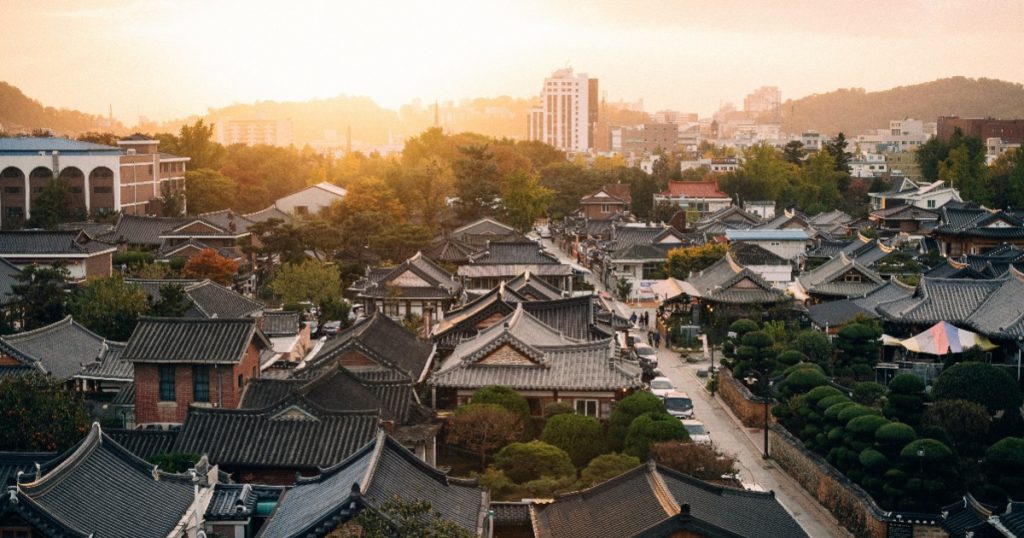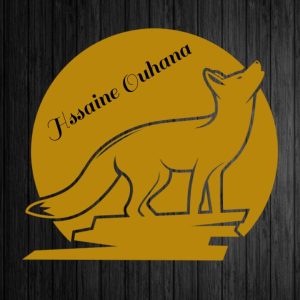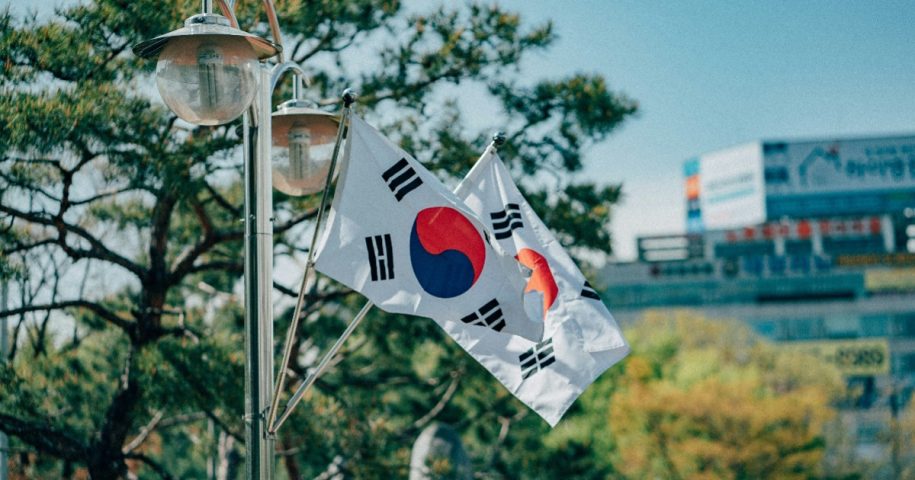Nestled in the heart of East Asia lies a country that seamlessly blends tradition with modernity, nature with technology, and history with innovation. South Korea, often referred to as the Land of the Morning Calm, captivates visitors with its dynamic cities, stunning landscapes, rich cultural heritage, and culinary delights. Let’s embark on a virtual journey through the vibrant tapestry of South Korea, navigating its diverse landscapes and cultural treasures on the map.

Seoul: The Soul of South Korea
Our journey begins in Seoul, the bustling capital city and the beating heart of South Korea. As one of the largest metropolitan areas in the world, Seoul pulsates with energy, offering a juxtaposition of ancient palaces, towering skyscrapers, and vibrant street markets. Explore the historic Gyeongbokgung Palace, stroll along the scenic Cheonggyecheon Stream, and marvel at the futuristic architecture of Dongdaemun Design Plaza. With its vibrant nightlife, delectable street food, and vibrant cultural scene, Seoul offers an unforgettable urban experience.
Jeju Island: A Natural Paradise
Heading south, our next destination is Jeju Island, a volcanic island renowned for its natural beauty and UNESCO-listed sites. Known as the “Hawaii of South Korea,” Jeju enchants visitors with its dramatic coastline, lush countryside, and unique geological formations. Hike up Hallasan, South Korea’s highest peak, explore the lava tubes of Manjanggul Cave, and unwind on the pristine beaches of Jungmun and Seongsan Ilchulbong. Jeju’s laid-back atmosphere and stunning landscapes make it a haven for nature lovers and adventure seekers alike.
Gyeongju: The Museum Without Walls
Traveling eastward, we arrive in Gyeongju, a city steeped in history and often referred to as the “museum without walls.” As the ancient capital of the Silla Kingdom, Gyeongju is a treasure trove of archaeological wonders, royal tombs, and cultural relics. Explore the UNESCO World Heritage-listed Bulguksa Temple, stroll through the serene grounds of Seokguram Grotto, and wander among the centuries-old stone pagodas of Tumuli Park. Gyeongju’s rich heritage and picturesque landscapes offer a glimpse into Korea’s glorious past.
Busan: Where Tradition Meets the Sea
Continuing along the coast, we arrive in Busan, South Korea’s second-largest city and a vibrant seaport renowned for its beaches, seafood, and cultural attractions. Explore the bustling markets of Jagalchi Fish Market, relax on the golden sands of Haeundae Beach, and hike up to the panoramic views of Geumjeongsan Fortress. With its lively festivals, dynamic food scene, and historic temples, Busan offers a captivating blend of tradition and modernity against the backdrop of the sparkling sea.
DMZ: A Glimpse into Korea’s Divide
Finally, no journey through South Korea would be complete without a visit to the Korean Demilitarized Zone (DMZ), the heavily fortified border that divides the Korean Peninsula. Take a tour to the Joint Security Area (JSA), where North and South Korean soldiers stand face-to-face, and gain insight into one of the world’s most enduring geopolitical conflicts. Despite its tense history, the DMZ serves as a poignant reminder of the resilience and hopes for peace on the Korean Peninsula.
Conclusion
South Korea, with its diverse landscapes, rich cultural heritage, and dynamic cities, offers a journey that delights the senses and nourishes the soul. From the vibrant streets of Seoul to the tranquil shores of Jeju Island, each destination on the map reveals a different facet of this captivating country’s identity. Whether exploring ancient palaces, hiking through pristine forests, or savoring traditional cuisine, South Korea invites travelers to embark on a journey of discovery and wonder. So, grab your map and embark on an adventure to uncover the treasures of South Korea, where the past meets the future in perfect harmony.


Leave a Reply